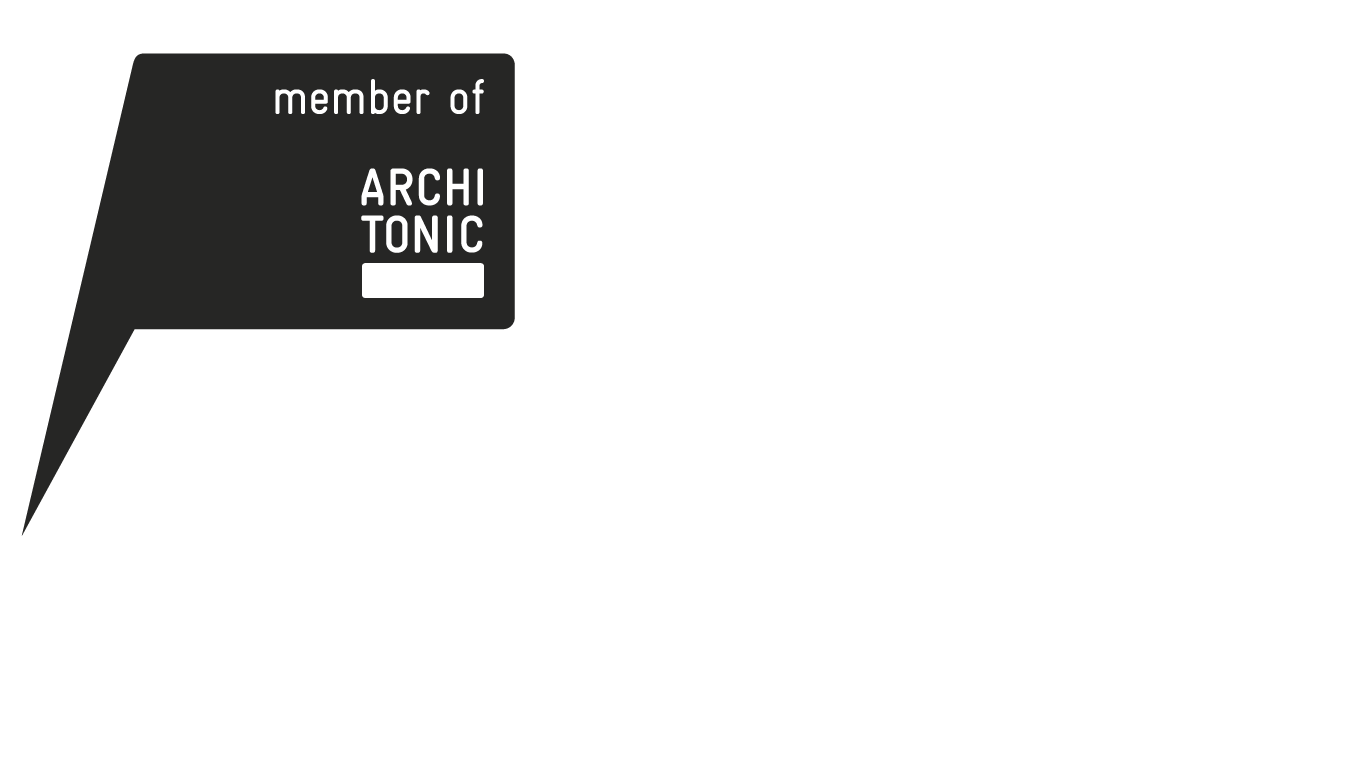Which are the differences between the textiles?
- The effect lines of Decolux appear less intense, but thanks to the textile, decorative surface, Decolux is convincing even when switched off.
- ETTLIN LUX® Mood fabric is mostly used to be laminated into/ behind glass and acryl.
→ click here to watch the video
Distance between LEDs and textile
How long should the distance between LEDs and textile be?
For an ideal light effect, the distance (width of the frame) should be approximately 6 to 12 cm.
Use of LEDs
How do the light effect develop?

The light points (LEDs) become three dimensional lines, and the adjustment of the fabric changes the effect direction. The lines of the lights go parallel to the rolling direction. Depending on the instruction, the type and distance between the source of light and the textile, countless light effects can be created in all range of applications.
- Big distance between fabric and LEDs = long lines of light
- Small distance between fabric and LEDs = short lines of light.
Which LEDs can be used with ETTLIN LUX?
Any kind of LEDs can be used, although, LEDs differ in brightness and pitch distance (distance between LEDs points). For an ideal effect, the distance should be 16mm.
Alignment of textile and LEDs
How does the textile have to be aligned compared to the LEDs?
The alignment of the fabric is free to choose, as the direction of the light effect goes parallel to the rolling direction. The fabric can be aligned into any direction.
Do the textiles have any special features?
There is a smooth front and a rough back. The best way to identify the back of the textile is by touch which does not have any influence on the light effect.
Methods of processing
Is it possible to process the textiles?
Yes, there are multiple ways to process the textiles.
- Clamping/ stapling
- It sticks to synthetic material/ metal/ glass.
- Piping, to sew on clamping frames
Cleaning of textiles
Are the textiles vulnerable to anything?
When processing our ETTLIN LUX® textiles, always wear gloves, as they are very vulnerable to grease spots (e.g. from fingerprints)
Can the textile be cleaned?
In general, dirt sticks to the textile and stays in the fibre. Dust can certainly be removed with a feather duster or wet wipes.
Outdoor application
Is it possible to apply ETTLIN LUX® outdoors?
It is not recommended to apply our fabrics outdoors. However, the fabrics can be protected from weather conditions through lamination. This does not apply to all textiles. Especially rain leaves visible water spots on the fabric.
We are happy to advise you on this matter. Do not hesitate to contact us.
Is there anything in particular to pay attention to?
The fabric is not extensible into cross or longitudinal direction, and ETTLIN LUX® fabrics can not be folded.
Width of ETTLIN LUX® textiles
Further products by ETTLIN LUX®
Which further products are offered by ETTLIN LUX®?
Our products are:



